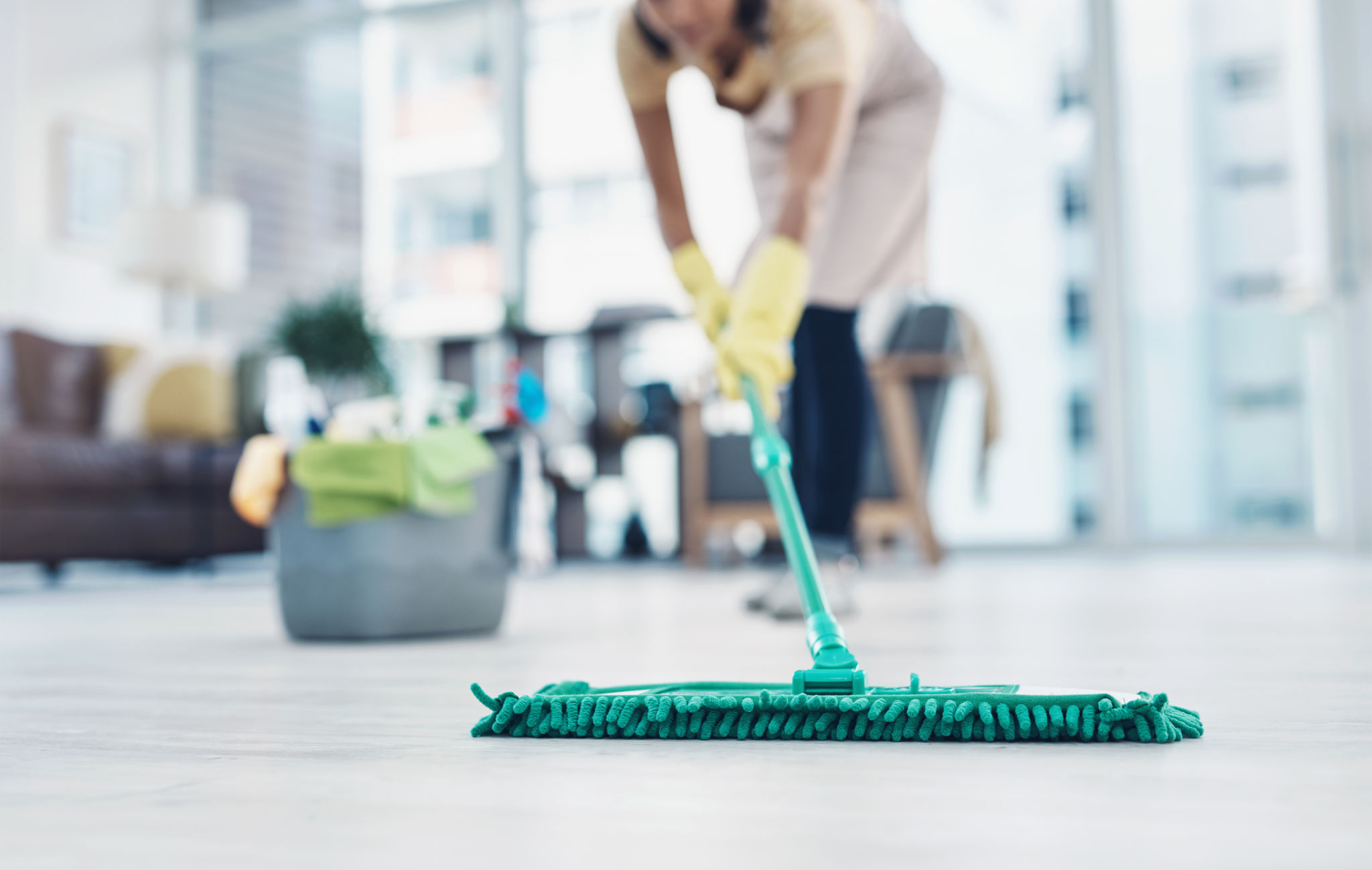Common Misconceptions About Sterilisation: What Every Business Should Know
Understanding Sterilisation in Business
Sterilisation is a critical component in various industries, including healthcare, food services, and manufacturing. Yet, despite its importance, there are numerous misconceptions about what sterilisation truly involves. This lack of understanding can lead to inefficiencies and even potential safety hazards. Below, we clear up some common myths about sterilisation that every business should know.

Myth 1: Sterilisation and Disinfection Are the Same
A prevalent misconception is that sterilisation and disinfection are interchangeable processes. However, they differ significantly in their scope and purpose. Sterilisation is the complete elimination of all forms of microbial life, including spores, whereas disinfection reduces the number of pathogens to a safe level but does not necessarily kill all microorganisms.
Myth 2: Sterilisation Is Only Necessary for Medical Fields
While it's true that the medical industry relies heavily on sterilisation to ensure patient safety, other sectors also benefit from proper sterilisation practices. In the food industry, for example, sterilisation helps maintain product safety and compliance with health regulations. Similarly, manufacturing industries use sterilisation to ensure product quality and longevity.

Myth 3: All Sterilisation Methods Are Equally Effective
Another misconception is that all sterilisation methods provide the same level of effectiveness. In reality, different methods are suited to different applications. Methods such as steam, dry heat, and chemical sterilants vary in their effectiveness against specific microorganisms and materials. It's crucial for businesses to choose the appropriate method based on their unique requirements.
The Importance of Proper Sterilisation Practices
Implementing effective sterilisation protocols is essential for businesses to ensure the safety and quality of their products and services. Improper practices can lead to contamination, product recalls, and damage to a company's reputation. Furthermore, adhering to industry standards and regulations helps avoid potential legal issues.

Choosing the Right Sterilisation Method
Selecting the appropriate sterilisation method depends on several factors, including the nature of the items to be sterilised, the level of sterility required, and cost considerations. Businesses should assess their specific needs and consult with experts if necessary to make informed decisions.
Training and Awareness
To implement successful sterilisation protocols, it's vital to invest in training for staff members. Employees should understand the importance of sterilisation and be aware of the correct procedures to follow. This not only enhances efficiency but also ensures compliance with industry standards.
In conclusion, understanding and implementing proper sterilisation practices is crucial for any business that prioritises safety and quality. By dispelling common misconceptions and embracing accurate information, companies can enhance their operational effectiveness and maintain a strong reputation in their respective industries.
